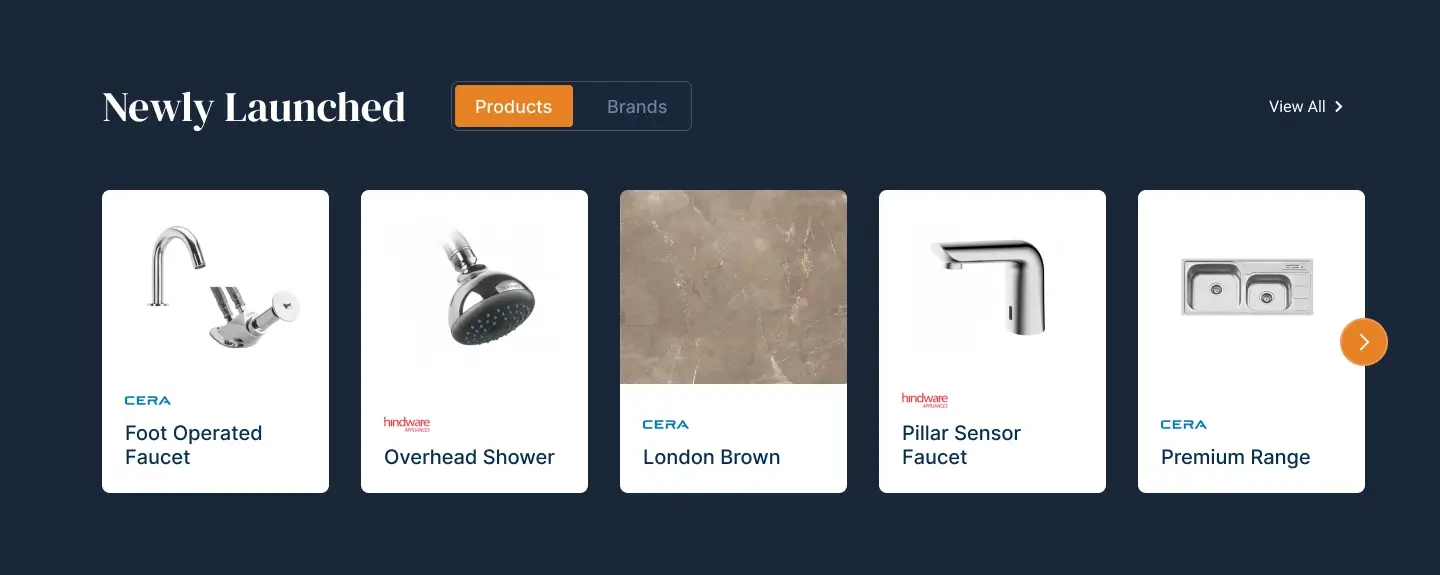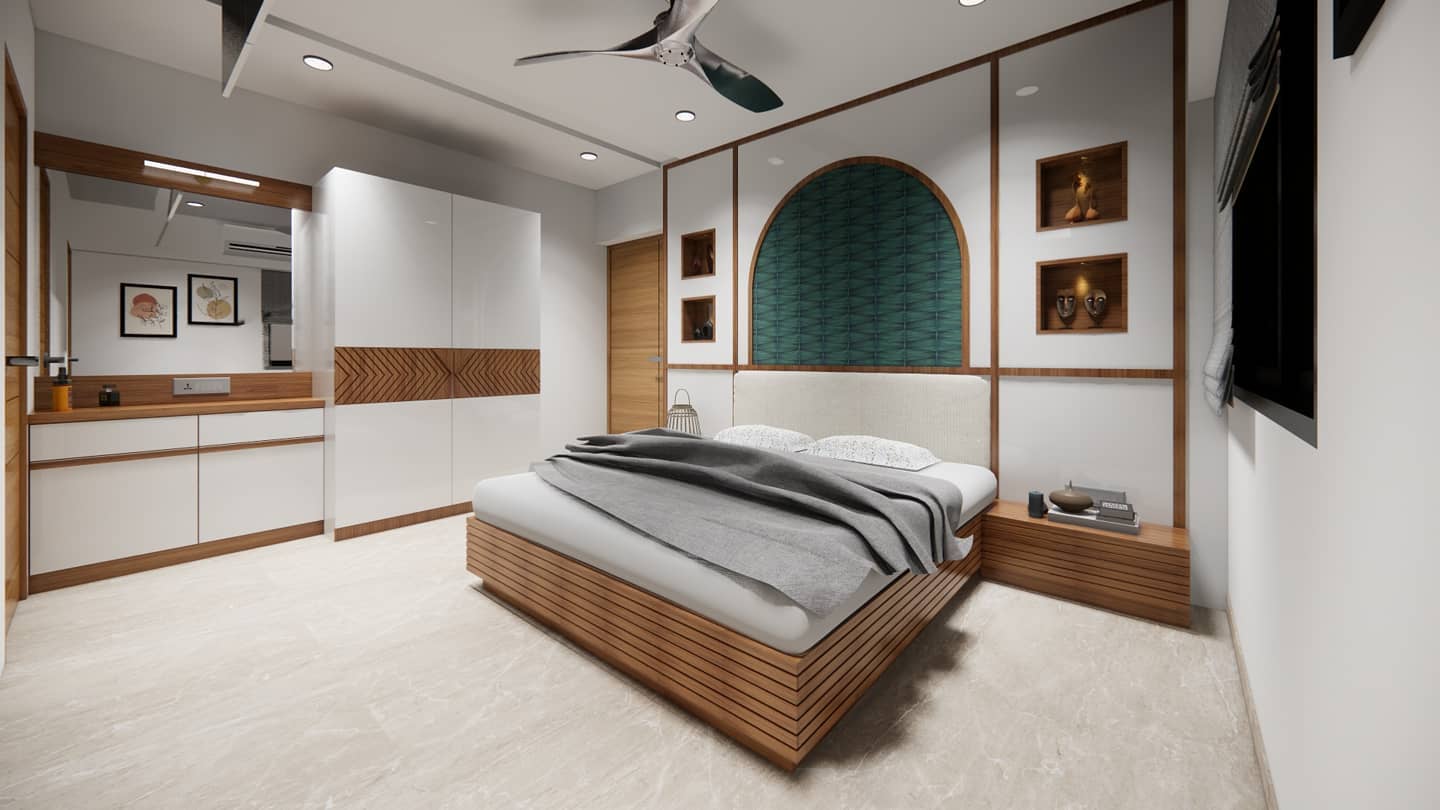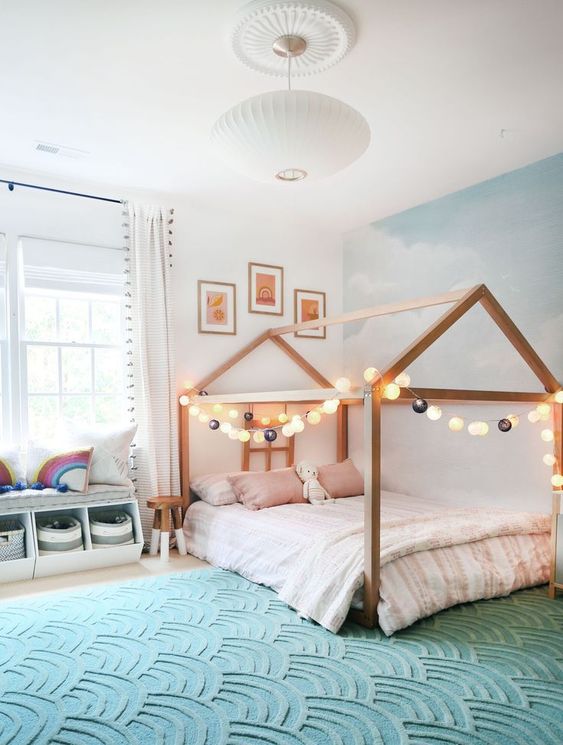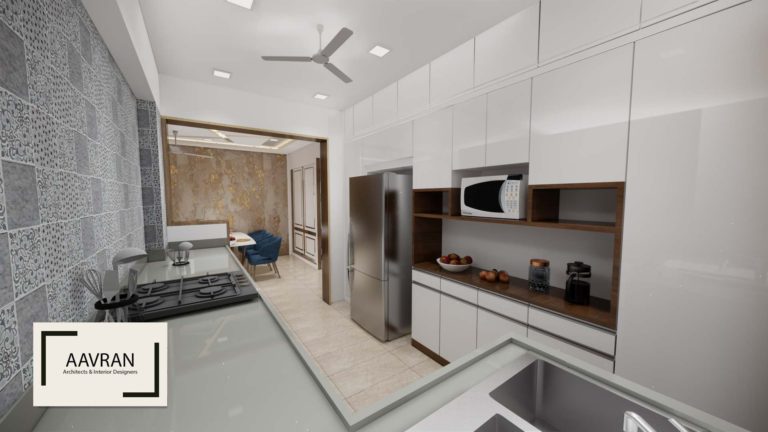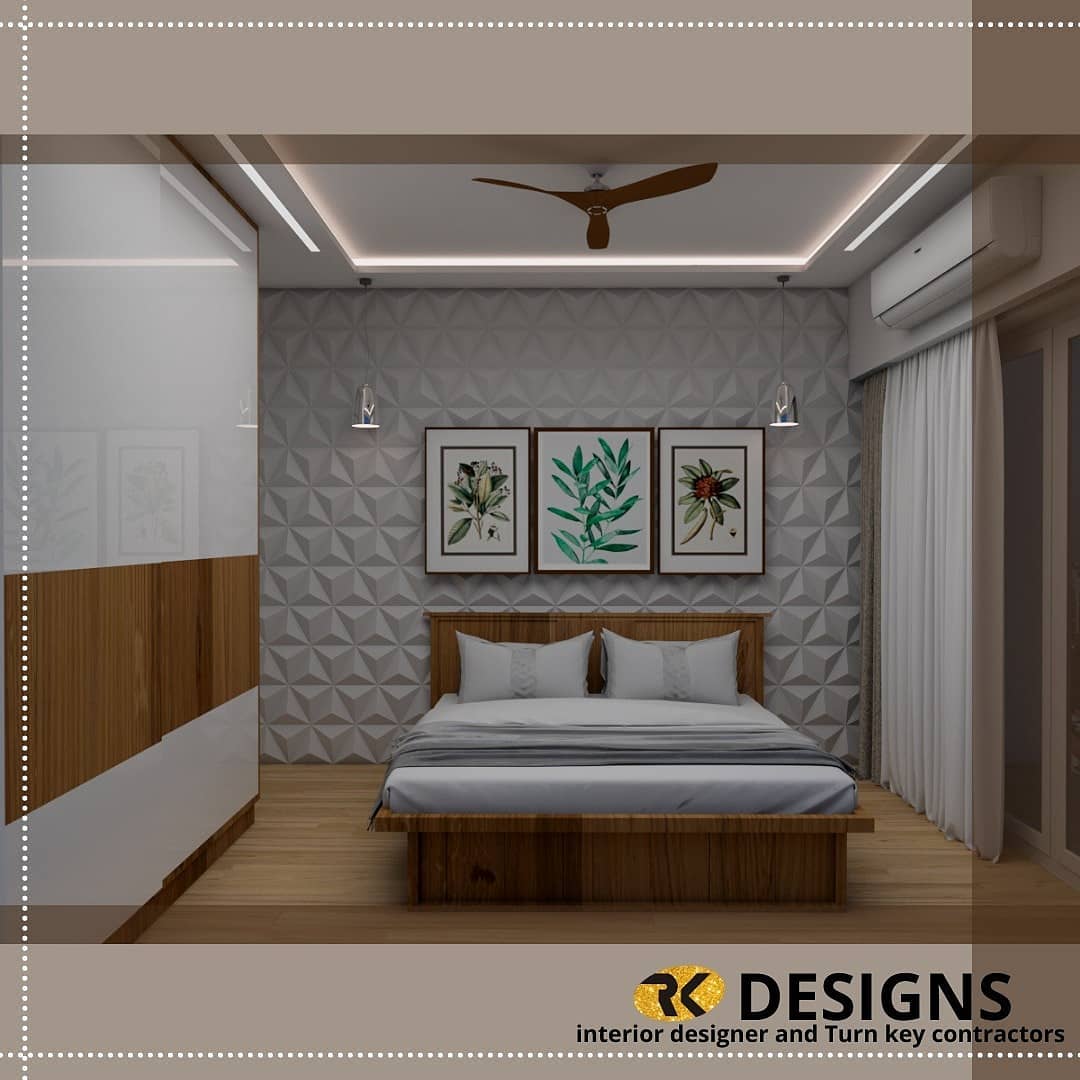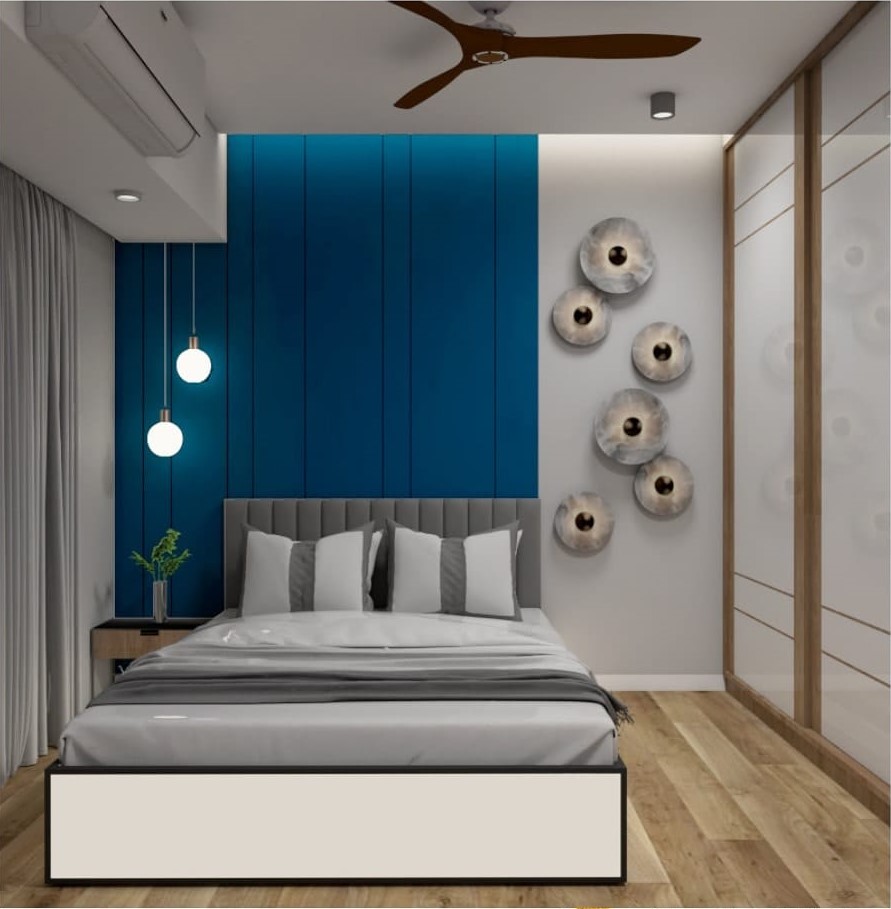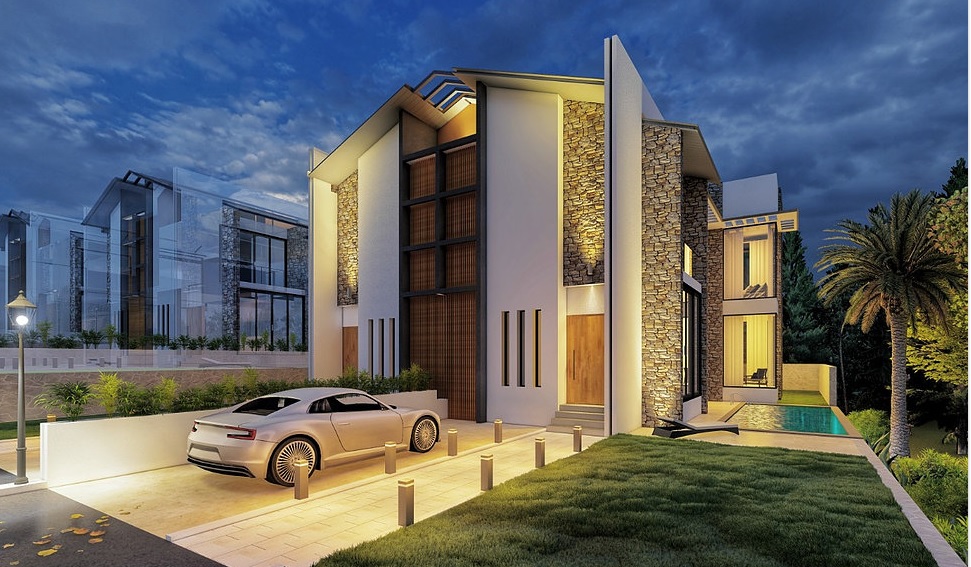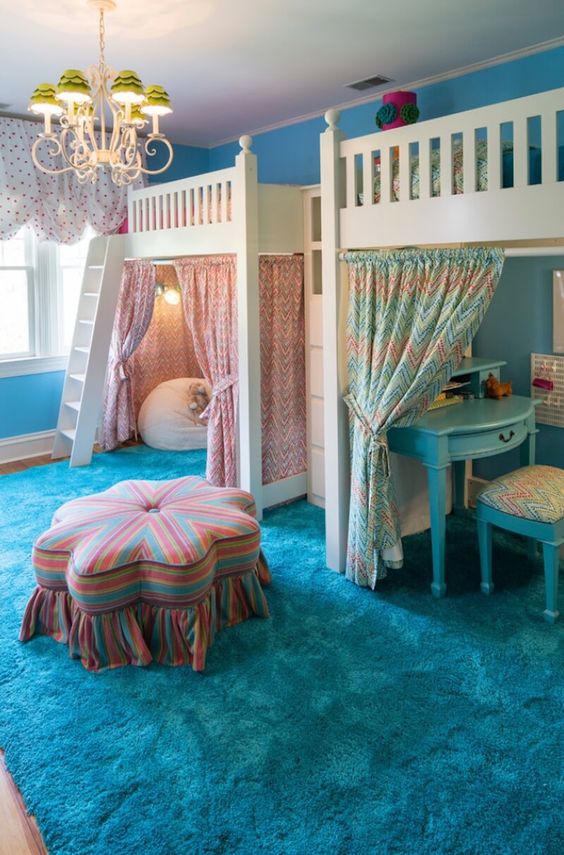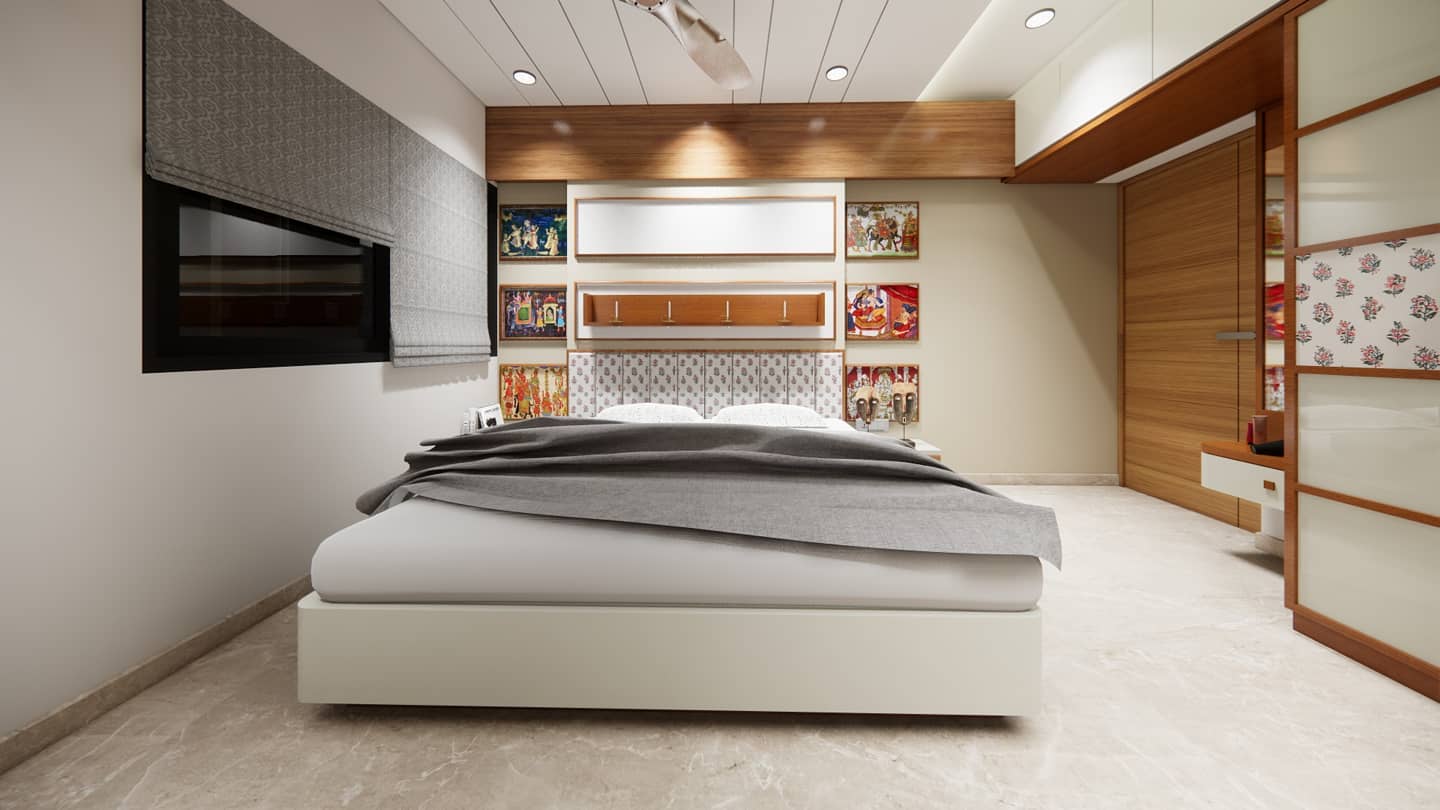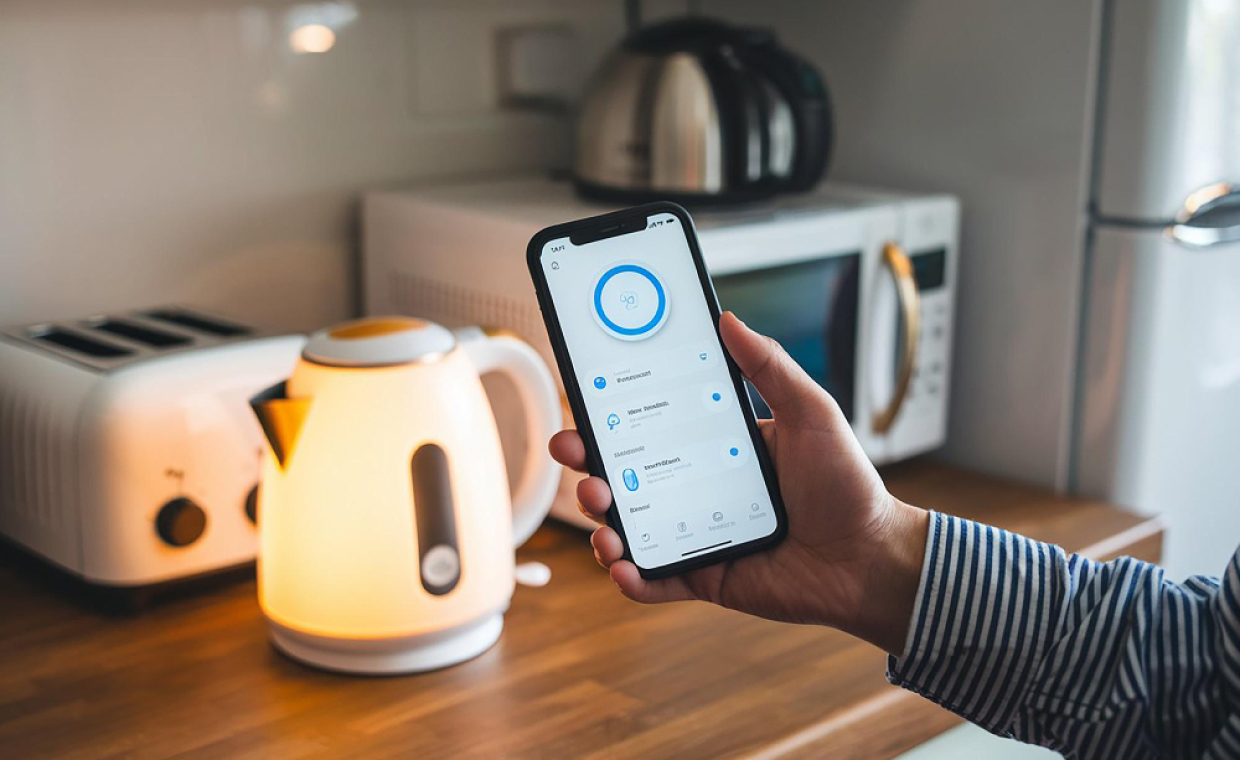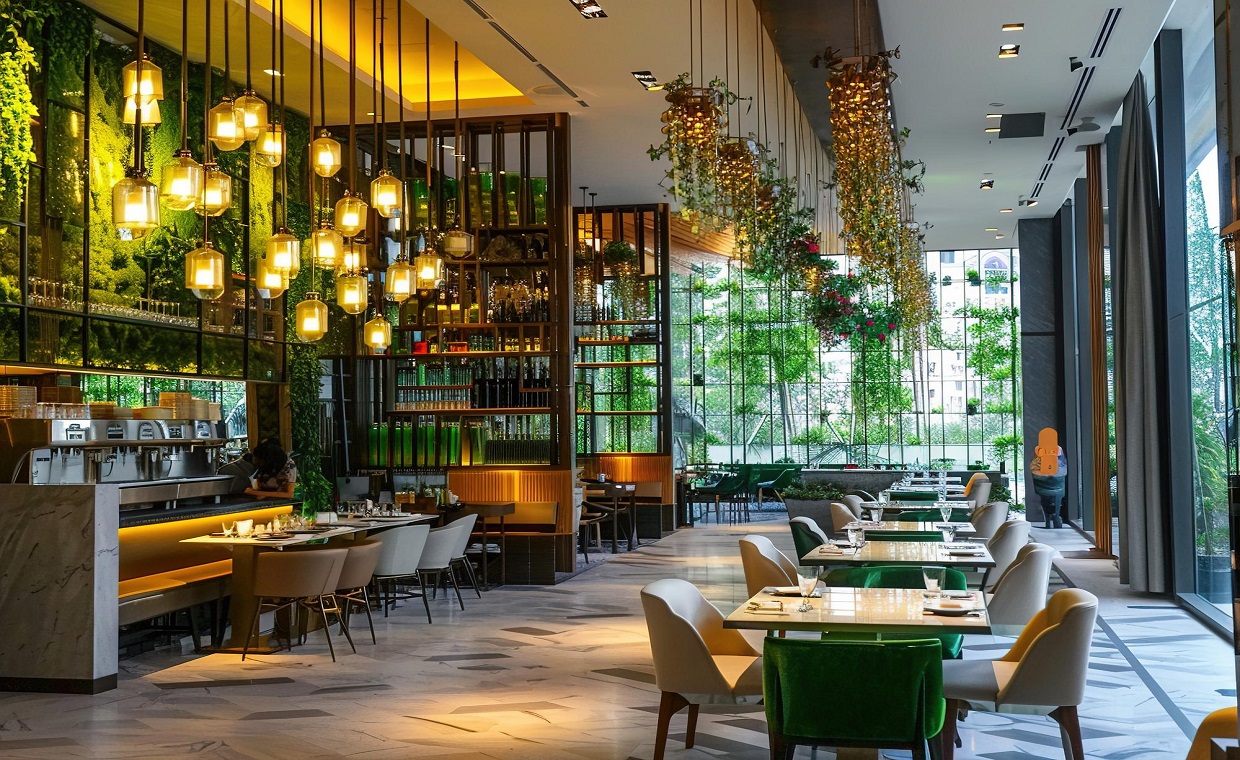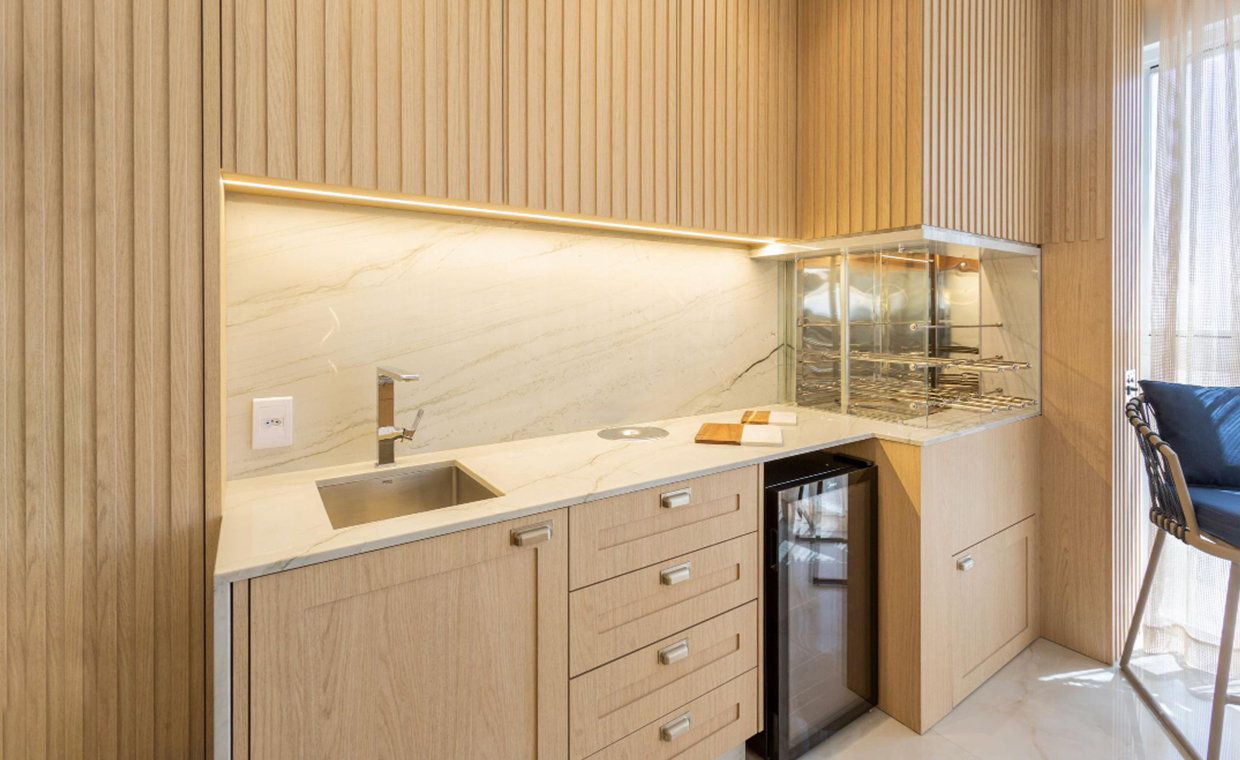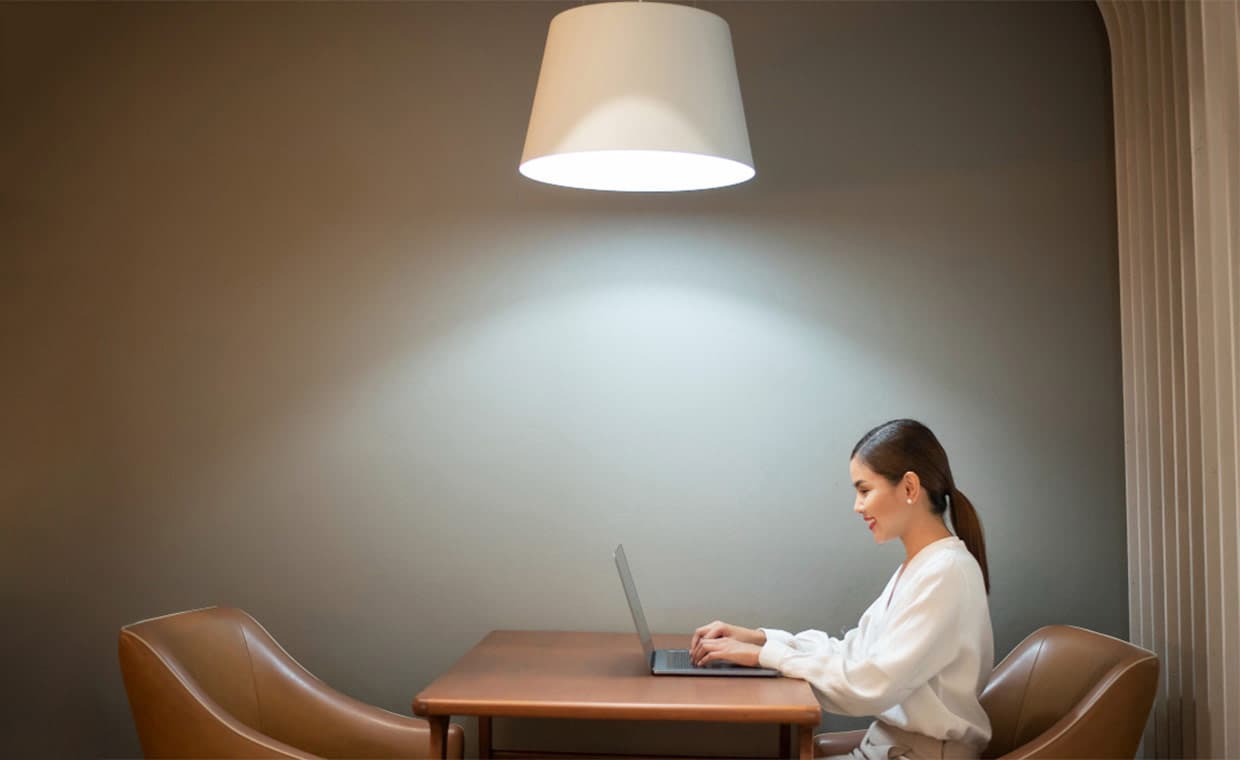
Table of Contents
Flexible lighting solutions is no longer an afterthought, it’s becoming a key design feature for spaces that need to do more. From bright, focused light for productive work to softer tones that create a relaxed atmosphere, adaptable lighting helps architects shape spaces that feel right for any moment. It adds comfort, function, and style, whether in a co-working hub, an art gallery, or a hotel lobby.
As buildings become more dynamic, lighting must match changing demands without sacrificing energy efficiency. Flexible systems offer simple ways to comply with building codes and anticipate future layout changes, reducing renovation costs. Architects leveraging these adaptable lighting technologies create inviting environments designed for both current needs and long-term functionality.
Designing for Multi-Purpose Spaces with Changing Needs

Flexible lighting makes it easy to switch a space from focused work to casual teamwork. Think of co-working spaces, they need bright light for solo tasks and softer light for group work or social areas. Good lighting keeps people productive and comfortable, whether they’re working alone or with others. The key is making those shifts feel natural, without disrupting the vibe.
Museums and hotels also benefit. Museums use adjustable spotlights to highlight artwork without causing damage. Hotels and restaurants use smart lighting systems, like those from busSTRUT, to change the mood, shifting from bright and lively during the day to soft and relaxing at night. These systems improve the value of these places, making them more enjoyable and functional for visitors.
Flexible Lighting Solutions – Reducing Energy Use Without Sacrificing Design

Energy efficiency is now a top priority in architecture. One simple approach is using daylight-responsive technology. These systems adjust artificial lighting based on how much sunlight comes in. Big windows and skylights let in natural light, which cuts down on energy use while connecting people to the outdoors. It’s a win for both energy savings and comfort.
Zonal lighting is a simple way to manage light in large spaces. It splits areas into zones, adjusting the lighting based on how each one is used. If no one’s around, lights can dim or turn off on their own. Wireless controls make it easy to manage, whether you’re using a timer or adjusting it remotely. This saves energy without making the space feel dark or dull.
Meeting Building Regulations Without Complication

Architects have to follow strict building codes focused on safety and energy savings. Rules like ASHRAE 90.1 and California Title 24 encourage smarter lighting that adjusts automatically based on how many people are in a room or how much daylight there is. This cuts energy use and helps buildings run smoothly.
Green building programs also highlight lighting as key to health and comfort. They call for higher lighting quality and reliable emergency systems that support safety and well-being. Meeting these standards helps architects create spaces that are both compliant and more comfortable for the people who use them.
Making Buildings Easy to Update in the Future

Modular lighting systems make buildings easier to update. Spaces like stores or offices often need to change layouts. Modular lighting can be moved or adjusted without major renovations or high costs. Businesses that need to keep up with trends or customer needs benefit from this flexibility. They can make fast changes without disrupting daily operations.
These systems are also great for renovations. Architects can add new lighting or improve old systems with minimal effort. Smart technology allows updates and tweaks over time, keeping spaces up-to-date and useful without blowing the budget. Planning for flexibility upfront saves time and money down the road and makes buildings more valuable in the long run.
Creating Better Experiences and Stronger Brands with Lighting

Lighting plays a big role in shaping how people experience a space. In stores, color-tunable lighting helps products stand out. Retailers can adjust the lighting to match the season or highlight special displays. This makes shopping more fun and can boost sales. Lighting can even tell a story about a brand, showing off its style and values without saying a word.
Hospitals and clinics benefit from smart lighting, too. Circadian systems follow natural daylight patterns, helping patients and staff stay in tune with their body clocks. This approach can support faster recovery and improve overall mood. In upscale homes, flexible lighting offers the same adaptability, making it easy to shift from bright, focused light for work to softer tones for relaxing and winding down.
Flexible lighting does more than brighten a room, it shapes how people experience and interact with a space. Whether shifting an office from focused work to a relaxed setting, supporting recovery in hospitals, or highlighting artwork in museums, adaptable lighting creates environments that feel welcoming and functional. Modular systems make updates simple, helping spaces stay current without major renovations or downtime. Smart controls respond naturally to daylight and occupancy, promoting comfort and energy savings. Thoughtful lighting design adds lasting value, enhances well-being, and reflects a brand’s identity. For architects, flexible lighting is a powerful tool for creating timeless, adaptable spaces.
Also Read: Let Your Home Shine Bright As You Choose Perfect Lighting for Home





